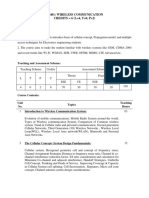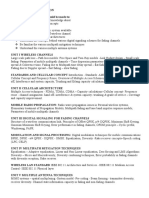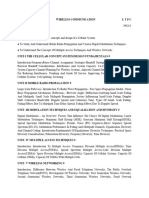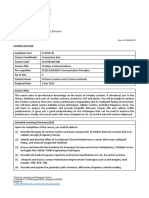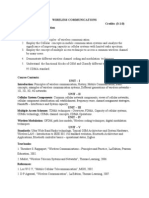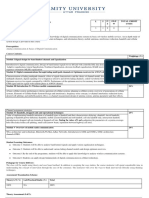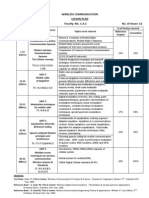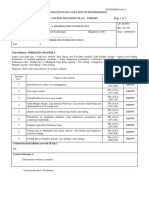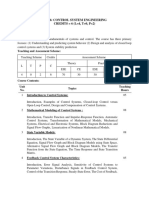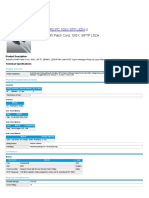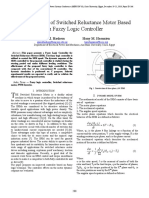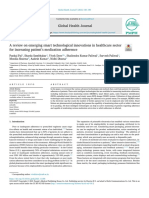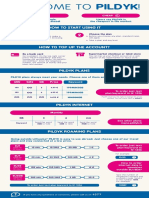0% found this document useful (0 votes)
94 views2 pagesWireless Communication Course
This document provides information about the EC401: Wireless Communication course. The course is worth 5 credits and includes 3 hours of lectures and 2 hours of practical sessions per week. The course aims to help students understand wireless communication systems, cellular fundamentals, propagation models, multiple access techniques, and emerging trends. It will be assessed through exams, class tests, and practical assessments. The course covers topics like wireless networks, cellular concepts, propagation models, diversity techniques, GSM/CDMA systems, and emerging technologies over 6 units taught in 45 hours. References for the course are also provided. Upon completion, students will be able to understand wireless standards, design base stations, analyze propagation models, compare access methods, and evaluate GSM and
Uploaded by
Naman ShuklaCopyright
© © All Rights Reserved
We take content rights seriously. If you suspect this is your content, claim it here.
Available Formats
Download as PDF, TXT or read online on Scribd
0% found this document useful (0 votes)
94 views2 pagesWireless Communication Course
This document provides information about the EC401: Wireless Communication course. The course is worth 5 credits and includes 3 hours of lectures and 2 hours of practical sessions per week. The course aims to help students understand wireless communication systems, cellular fundamentals, propagation models, multiple access techniques, and emerging trends. It will be assessed through exams, class tests, and practical assessments. The course covers topics like wireless networks, cellular concepts, propagation models, diversity techniques, GSM/CDMA systems, and emerging technologies over 6 units taught in 45 hours. References for the course are also provided. Upon completion, students will be able to understand wireless standards, design base stations, analyze propagation models, compare access methods, and evaluate GSM and
Uploaded by
Naman ShuklaCopyright
© © All Rights Reserved
We take content rights seriously. If you suspect this is your content, claim it here.
Available Formats
Download as PDF, TXT or read online on Scribd
/ 2
